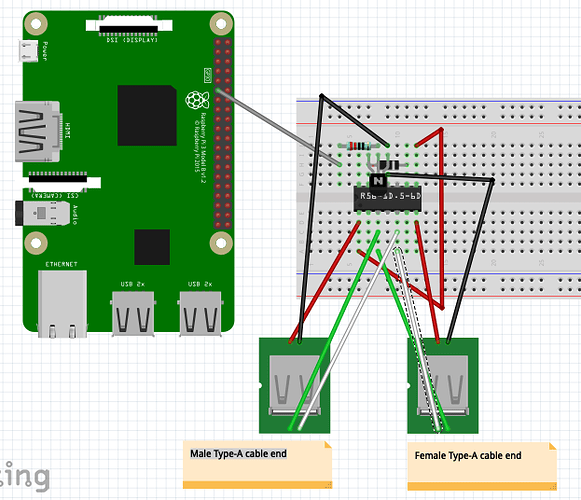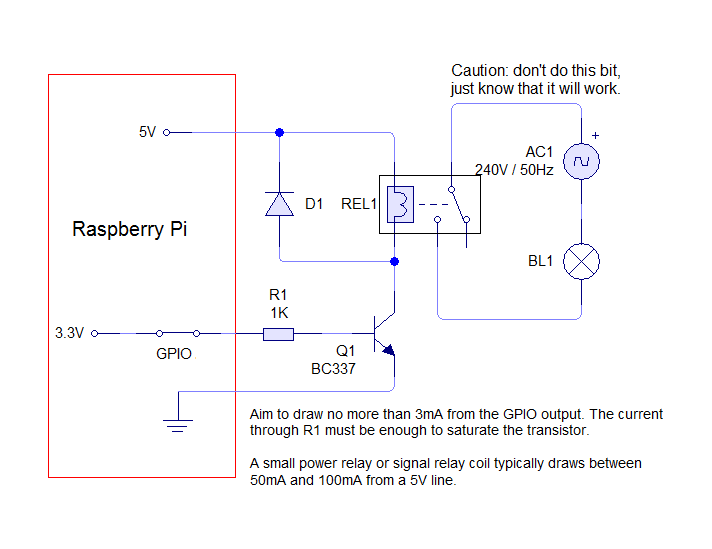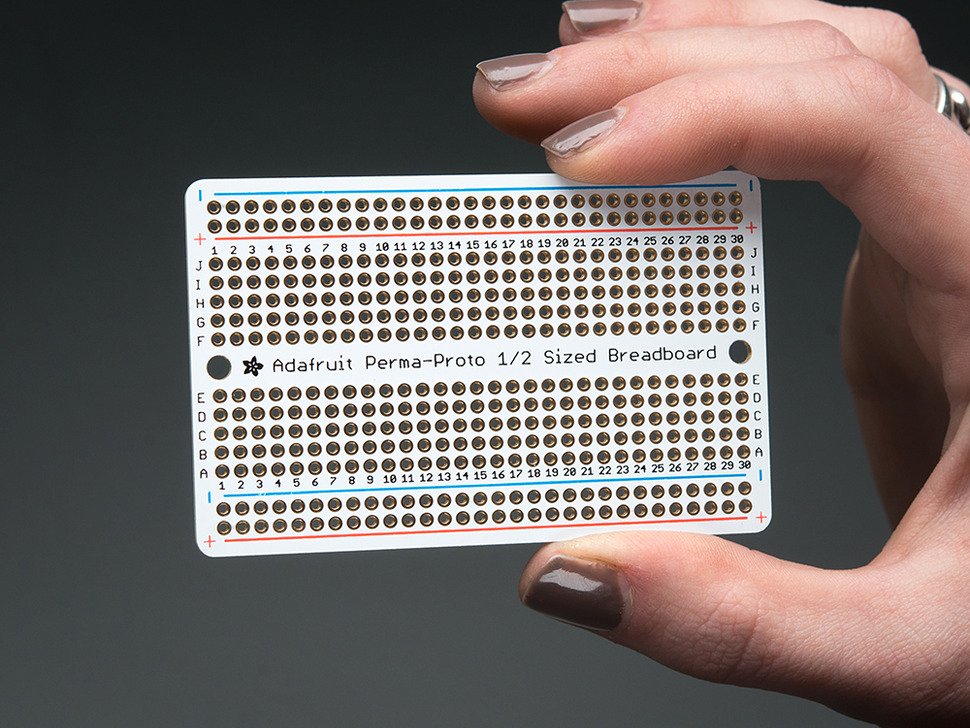What is the problem? Power management. I don't have a problem as much as looking for solid information on putting several theories of thought together to make a solution.
What did you already try to solve it? I haven't done anything, yet, outside of research to resolve it. My resolution is really these awesome community members who are far more knowledgeable than I.
Additional information about your setup (OctoPrint version, OctoPi version, printer, firmware, what kind of hardware precisely, ...)
I'm running:
OctoPi 0.16.0
OctoPrint 1.3.12
Ender 3 - Stock hardware with printed items
Klipper firmware
Raspberry Pi 3 version 1.2
Alright, I have come along way in the past month with this machine and I am looking for a good power management solution. I have a thought and I am curious if it sounds hoaky before I go cutting into wires that I can't uncut.
I am currently running my Ender 3 through the HS100 WiFi power plug. The raspi is plugged into a surge protector. I have set up remote capability behind a reverse proxy that is password protected. I feel relatively safe with that part. That said, when I am not home, I can kill the outlet power to the printer via Octoprint and jneilliii's awesome TPLink plugin.
Like others, I experience the minor powerback to the printer from the raspi, and I don't like that. I am also experiencing under voltage on the raspi, which I am assuming from reading other posts, is related to that powerback at some point. I have the Canakit power supply that is often mentioned and it might just be old, it could be the limit on USB. It's probably both.
I have seen several tutorials and watched many videos on splicing the power supply to feed power to the raspi from the Ender, via buck converters. I have also seen tutorials and such on adding relays to power the Ender on via the raspi. I want to put both of those together, feed the main power off the WiFi plug. The thought is, I can power down the Ender via Octoprint, I can then power down the raspi with the TPLink plugin, on a countdown. Then, if I want to power it on, remotely, I can use the phone app for TPLink to bring it all back online, since raspi was safely shutdown.
Is this insane or will it work?
Thank you for reading and for any possible information you might be able to pass along my way!






